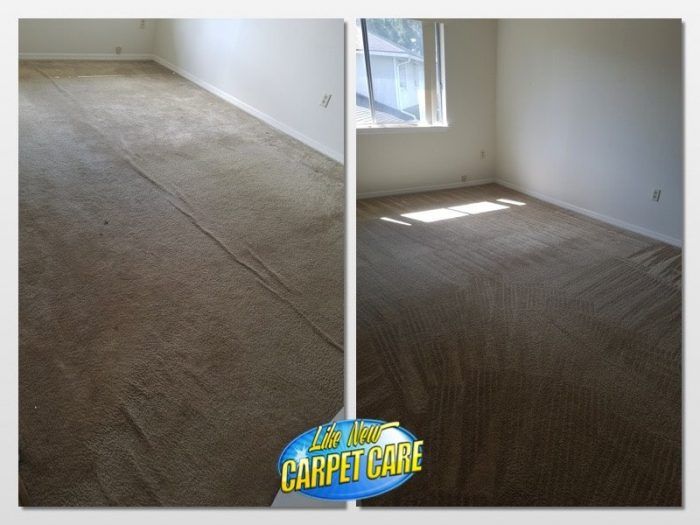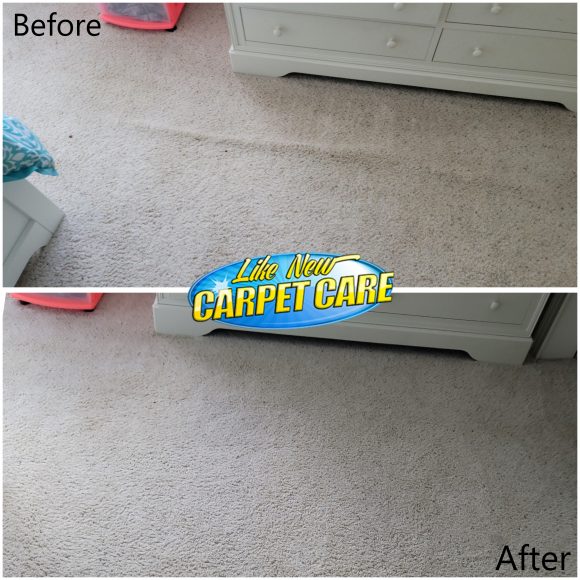How to Stretch Carpet

Carpet Stretching: Our Process
You might be wondering how tight carpet should be stretched, or how to get the wrinkles out of your carpet?
Our step-by-step process will achieve the best carpet stretching results making sure that your carpeting looks fantastic for many years.

First: Clean and Clear
The first thing you should do is clear the room of furniture. If you have built in furniture, you can work around it. Make your work space cleaner by vacuuming thoroughly to remove dust and dirt.
Second: Lift up a Corner of the Carpet and Begin to Pull:
Using work gloves to protect your hands, take the corner of your carpet and begin to remove the initial tack strip. You will need to use pliers to remove the tacks. You may need to use slight force but be careful as not to cause any fraying of the fibers.
Once you have enough carpet to lift, begin to tug it away from the wall and work your way down. The results we are looking for is to lift the carpet from three sides and leave the last side in place, which will act as the anchor.
Using the pliers, you will need to remove any staples or tacks that are securing the carpet to the padding. You will need a flat head screwdriver and possibly a pry bar for the stubborn staples or tacks. If the tack strips are in good condition, leave them in place.
Third: Power Stretcher for the Best Results
This is an easy step that makes the process more effective and efficient. To begin, place the power stretcher on the side where the carpet is still attached. You need to position it against the baseboard or a piece of 2×4 placed against the wall. Then lay the power stretcher with the tooth-side down. Expand the length of the shaft so that it is about 6 inches from the wall. Push the lever to so the teeth are embedded in the carpet. Use pressure to stretch the carpet.
If you feel as though you need to apply too much pressure, you can easily over stretch the carpet and cause damage. If it seems to easy you may not be stretching the carpet enough in order to remove any wrinkles or bumps.
Fourth: Remove Excess Carpet
You will want to cut away any excess carpet material before you reattach the carpet. Use a sharp utility knife or a carpet cutter to cut the excess, making sure you leave enough to tuck under the baseboard. If you are using a carpet cutter you will need to make a slit to place the cutter inside.
Fifth: Using a Knee Knicker
If you are working in an awkward or small space, using a knee knicker is your best choice. The tool itself operates differently than the power stretcher, but they share a similar concept in positioning and stretching the carpet.
Sixth: Secure the Carpet Back to Original
Our carpet stretching process is relatively easy. To reattach the carpet, press down firmly onto the tack strips before securing the carpet to the padding positioned against the wall.
Hiring a Professional Can Be Helpful
You can stretch carpet yourself although it does involve a fair amount of time and effort. It also requires certain tools that you may not want to invest in. By hiring a professional, you know that your carpet will not have any more damage. So give Like New Carpet Care a call 407-947-6724 anytime and we can help remove those ripple from your carpet.

Recent Posts
- Why Like New Carpet Care is the Best Choice for Your Carpet Cleaning Needs
- Transform Your Home with Like New Carpet Care: Your Trusted Choice for Carpet and Upholstery Cleaning
- How the cleaning process works
- The Importance of Choosing a Professional for Carpet Cleaning
- The Importance of Mattress Cleaning
Categories